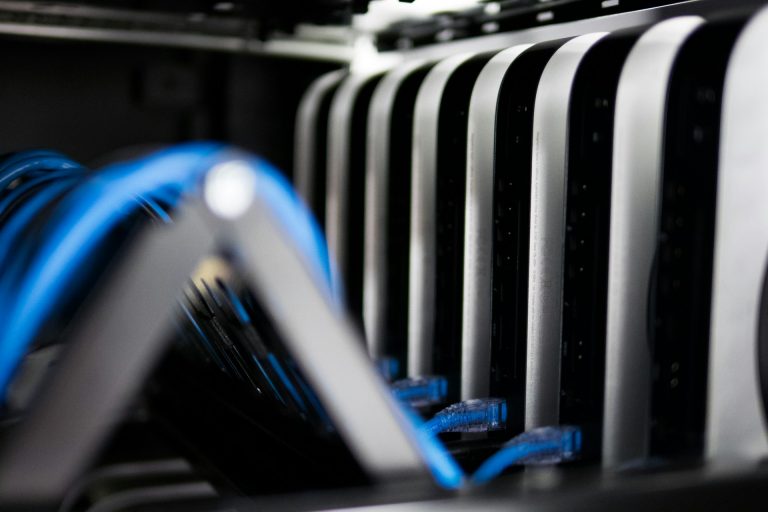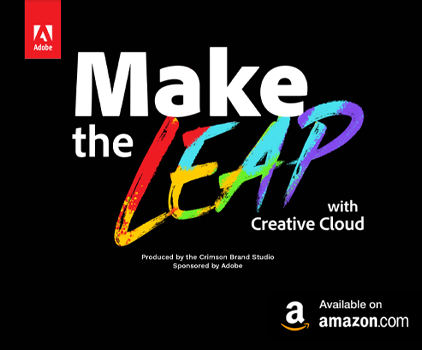When we speak about AI in education, we feel like the future is already here. So much has changed in this domain over the last decade that it seems like there’s no more room for innovation. Advanced technology has changed the way we study, attend classes, teach, assess, and more. Today’s teachers and students have different resources than those ten years ago and are thus miles apart.
But, with the rise of artificial intelligence (AI), there are more changes to expect. What lies in the future of AI in education? Let’s break it down together.
Massive AI Implementation
AI has already entered many schools across the globe with the aim of helping teachers and students in making their education journeys as productive and successful as possible. The most common applications we’re seeing today are:
- automation of teacher’s tasks, such as grading and assessing
- personalized learning
- AI tutoring
- VR experiences
- lesson development
We can see that schools have already started to make use of the possibilities AI provides them, but we’re still far from massive AI implementation. This means that the upcoming period will be a period of massive AI implementation in schools, as education systems will be going through major digital transformations.
We’re at the beginning, and it’s time to move forward.
AI Training & Education
Teachers and students who are already using AI are learning on the go. Some schools have implemented AI-powered systems that all their staff and students are using, while others are doing it on their own initiative.
Still, the power and potential of AI goes beyond what an individual can learn on their own.
This is why for the future of AI in education to be bright, training and education for everyone included is essential. It’s essential to show the teachers and the students what the true power of AI is, and that implies:
- best AI-powered tools and how to use them
- different applications in daily school tasks
- improvement of different segments of the teacher-student relationship
Seminars, workshops, and training need to be held globally to ensure we are using this new weapon wisely and the way we’re supposed to. Without learning how to use it, the benefits will be insignificant.
Removing the Stigma
As AI is entering schools and education institutions across the globe, many officials are expressing doubts about the benefits of using it. Others are openly worried and against it, as they fear it could do more harm than damage.
The most common doubts about AI in schools include:
- replacing teachers and staff members through automation, and people losing their jobs
- students using AI to cheat or do less work on their own
- sensitive data abuse
- losing the human touch to the education experience
For instance, students can use ChatGPT to write papers. But teachers and plagiarism tools can recognize such activities, so it’s not that easy to abuse them. In case you do need personalized writing help, this professional essay service is a great assistance.
People fear that AI will completely change the way we interact with each other, deteriorating the education experience and harming those directly involved. However, EdTech experts are trying to remove the stigma.
The other side of the coin is simple- AI is created to be a helping tool for teachers and students and something to enhance their activities. So yes, up to 40% of a teacher’s workload can be automated but not to replace teachers but to help them focus on other, more important segments of their job.
The goal is to further polish different applications of AI in education, making them nothing but positive, beneficial, and non-threatening.
The stigma is there, and to remove it, a lot of work will need to be done. That is a major milestone that will need to be reached in the near future.
Final Thoughts
The applications of AI in education and the potential of using it wisely are all known to us. Some schools are already doing it very successfully. But, the future is going to be more about shaping AI to fit the existing educational paths, making them better, improved, and more successful.
We hope that we’ll see more schools coming aboard, more teachers and students learning about the power of AI, and fewer of those who believe we should quit using it altogether. Because AI is already here, we just need to embrace it the right way.










